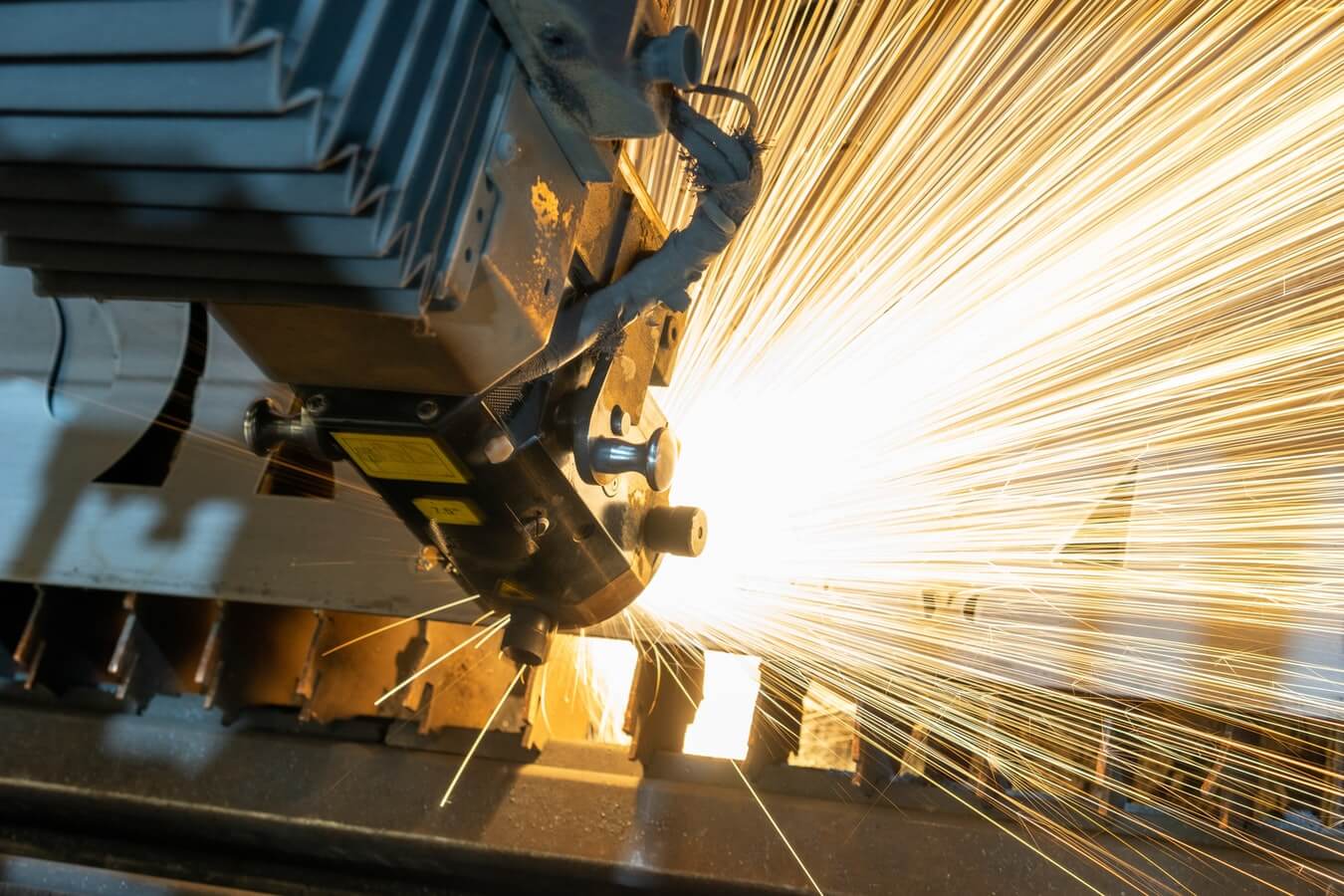The latest update to the IHS Markit Eurozone Manufacturing PMI® indicates that manufacturing growth in the Eurozone region continued last month, albeit at a slightly lower rate compared to October.
The IHS Markit data shows the index dropped slightly to 53.8 in November compared to 54.8 in October. However, this figure was still higher than the previous flash reading and indicates that manufacturing operating conditions have improved for five months in succession.
Here are the key takeaways from IHS Markit’s latest release:
- Apart from Ireland the Netherlands, all countries saw their PMIs drop during the latest survey period
- Germany performed best, followed by the Netherlands and Ireland. Greece performed the worst
- Solid manufacturing growth in Italy and Austria
- Slight contractions in manufacturing growth in Spain and France
- Growth in new orders slowed to the weakest level in 5 months
- Germany, the Netherlands and Austria recorded the strongest gains in export trade during November
- Warehouse inventories were also depleted sharply, with latest data showing the greatest monthly fall since the end of 2009
- All countries recorded stronger rises in input prices compared to the previous month
- Efforts to protect margins led to a second successive monthly rise in output prices
- Business confidence improved to its highest for over two-and-a-half years
Commenting on the final Manufacturing PMI data, Chris Williamson, Chief Business Economist at IHS Markit said:
“Eurozone manufacturing output continued to grow at a decent pace in November. Although the rate of expansion cooled from October’s 32-month high amid new lockdown measures, the sustained expansion should help to soften the economic blow of COVID-19 restrictions, which have hit the service sector hard. The survey therefore adds to evidence that the region will avoid in the final quarter of the year a similar scale of downturn recorded in the second quarter. “Germany was once again the main engine behind the region’s expansion, enjoying a rate of output and order book growth that has been rarely exceeded over the survey’s 25-year history. Excluding Germany, output growth came close to stalling, and new order inflows fell for the first time since June. The resulting divergence between Germany and the rest of the region in terms of production growth is now the widest on record.”
“Encouragingly, a brighter outlook is indicated by the upturn in optimism for the year ahead, suggesting that the upturn should gather strength again in the coming months as lockdown measures ease and spending, especially investment, picks up in response to the recent news on vaccine development. The reliance on Germany may soon also diminish, as business expectations improved or remained buoyant in all countries with the notable exception of France, which looks set to continue to lag the region’s recovery.
“Shortages of inputs are meanwhile contributing to higher price pressures, with suppliers’ increasingly able to raise prices amid a sellers’ market for many key inputs. Such a restoration of pricing power bodes well for profits and helps ease broader deflationary concerns.”
Photo credit: Clayton Cardinalli / Unsplash









